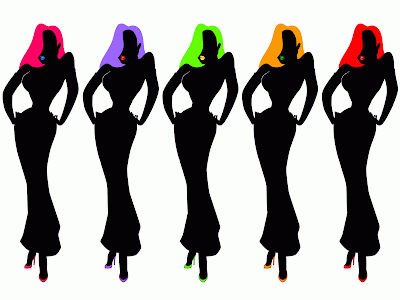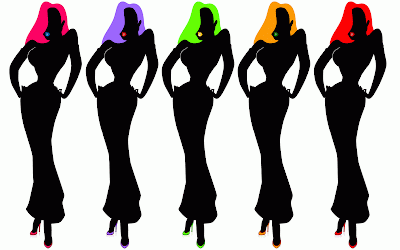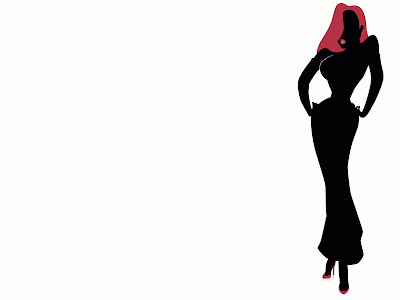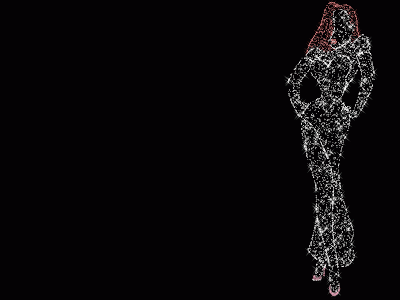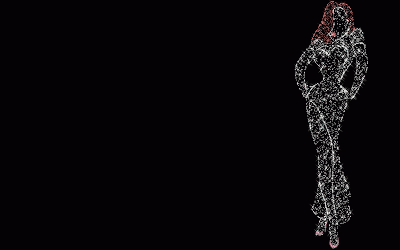Since I began my work on cartoon figures in earnest about a year ago, I've become well acquainted with the lines that make up the human form. Cartoons, especially some of the more simplistic ones, are essentially distillations of the human form down to a set of gross lines. This sort of perspective gives you an interesting take on people, and it also helps me to understand the world of fashion and the
uncanny valley that they seem to have hit.
Put briefly, the uncanny valley is the "region" on a curve representing the realism of a human form. On one extreme is a simple sphere, and on the other extreme is a perfect photograph of a person. How realistic the image appears climbs as you move away from the simple sphere, by adding eyes, a mouth, and ever-more details.
Oddly, though, once you hit a certain amount of details, the realism breaks down and the human eyes ability to "see" it as a person plunges. This is why full CGI human faces are a sort of Holy Grail for movies, and why
Benjamin Button was such a breakthrough.

I think that the crossover happens when the brain switches from interpolation to sensory-acceptance. What I mean by that is when the brain stops filling in gaps with its pattern recognition "software" and instead accepts what's coming in via the eyes without alteration. We're incredibly good at finding patterns, even faces, so things that are roughly human have just enough detail to trigger our brain's pattern searching mechanism, which happily fills in the blanks. With this, we can see things in clouds, make abstract art, and even see
Mary in a cheese sandwich. But after enough details are found, the brain stops filling the gaps and hands it over to the holistic processing part of the brain, that gels all of the perceived details into a whole figure for storage in memory. People who are unable to see the gestalt of the human face are suffering from what's called
Prosopagnosia, or face-blindness. I assume that these people would be unable to experience the uncanny valley.
In the same way that creating ersatz human forms is a bottom-up approach, it makes sense that we can also take a top-down perspective, where we start with entirely realistic photographs and then push them down into the uncanny valley on a search to exaggerate positive characteristics.
Advertisers have always used airbrushing and illustrations to create idealized forms. But back then, our ability to manipulate photographs was limited, and illustrations were created by hand, which meant that if one characteristic was pushed too far, the artist could easily compensate. But with an illustration, 100% of the output was from the human perspective. With a photograph, 100% is already there and the artist is instead trying to draw out exaggerations.
Since I spend all of my time working with very broad lines, I know exactly what they're doing when they totally screw up images of women. They're attempting to use the same
lines that work so well in cartoons but fail miserably when applied to pictures. In a cartoon, you can extend or squash lines all you want and the form can remain consistent, as long as you manipulate the rest of the form accordingly. They've been moving towards this for some time. Making legs longer, waists thinner, lips plumper, etc. Only recently, I think, have they effectively hit the limits of what they're able to do. The watershed moment came with the infamous
Ralph Lauren photo.
I'm sure that you've seen it at least once. It hit every major news site and has been a source of constant discussion for the last eight months. The model's figure is so grotesquely malformed that she has entered the uncanny valley. She no longer looks human. But the principles of the image manipulation are identical to earlier efforts, and her form's lines are similar to many cartoons. In fact, if we remove the details and break her down to nothing more than a silhouette, it begins looking alright again.

We have another
example of photoshopping gone awry with Ann Taylor, who received their fair
share of flak for some editing awhile back.

Again, look at what they've done. They're tried to reduce a complex human figure down to gross lines. They
removed detail and exaggerated other details. They've pushed the figure towards the uncanny valley. It's not all the way there, but the website's little screw-up that reveals the original photos illustrates how even mild, unskilled rejiggering makes the figure appear off. All of this because they're trying to reduce real women down to cartoon-like lines.
What the industry may find is that, going forward, they will either have to accept that this is as far as they can go with manipulation of the female form, or they might want to start hiring cartoon character designers and animators to take over Photoshop duty, because, man, this shit is just getting weird.

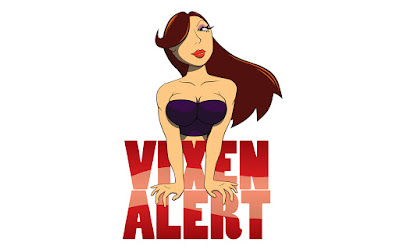


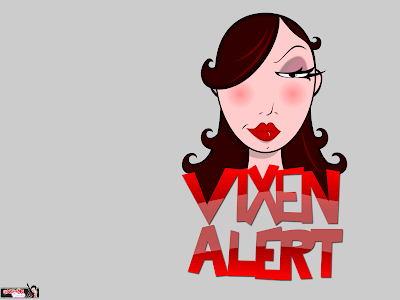
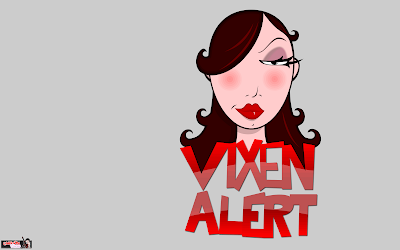
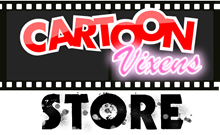
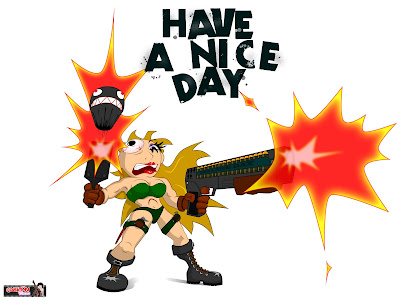
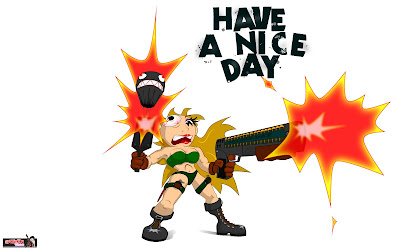
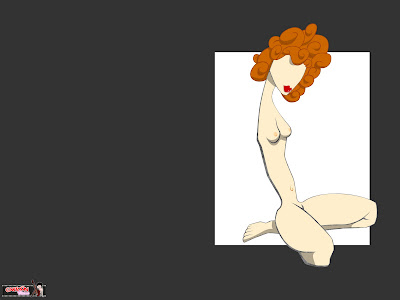
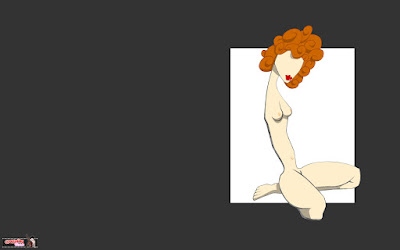
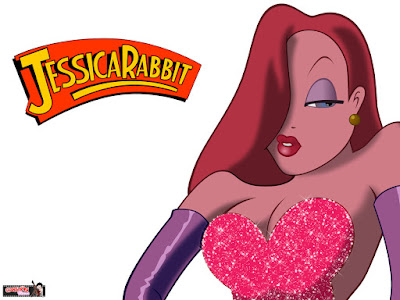

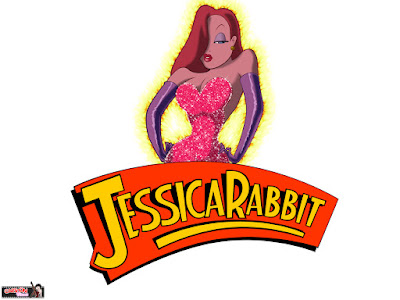



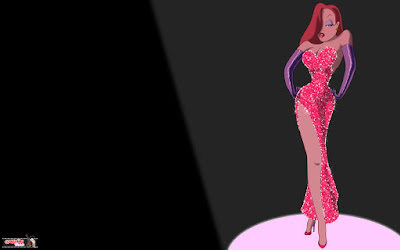



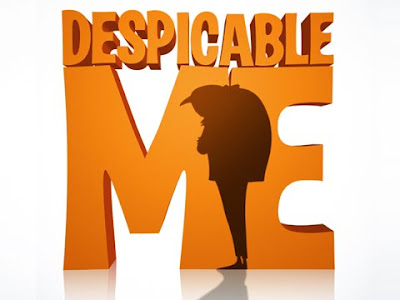 Despicable Me wasn't as good as I was hoping. The early trailers, especially the usage of the Hitchcock-like silhouette, made me expect a quirky, more adult CGI film, perhaps along the lines of the first Shrek. Instead, it's a very straightforward, childish film. As many of the best child-oriented films illustrate, though, that's not necessarily a bad thing, and it certainly isn't with Dee-Me. It's loaded with good slapstick, generally good voice-overs, and great character design. The story was very slight, and lacked drama, which I actually blame on poor story blocking. A solid 10-15 minutes of the early film was unnecessary and would have been well-served with simply jumping into the action and letting the characters reveal themselves throughout the rest of the film. This would have allowed them to better explore the rivalry between Gru and Vector, which makes up a very small aspect of the film, considering that the trailers made it seem like it was going to be a primary point.
Despicable Me wasn't as good as I was hoping. The early trailers, especially the usage of the Hitchcock-like silhouette, made me expect a quirky, more adult CGI film, perhaps along the lines of the first Shrek. Instead, it's a very straightforward, childish film. As many of the best child-oriented films illustrate, though, that's not necessarily a bad thing, and it certainly isn't with Dee-Me. It's loaded with good slapstick, generally good voice-overs, and great character design. The story was very slight, and lacked drama, which I actually blame on poor story blocking. A solid 10-15 minutes of the early film was unnecessary and would have been well-served with simply jumping into the action and letting the characters reveal themselves throughout the rest of the film. This would have allowed them to better explore the rivalry between Gru and Vector, which makes up a very small aspect of the film, considering that the trailers made it seem like it was going to be a primary point.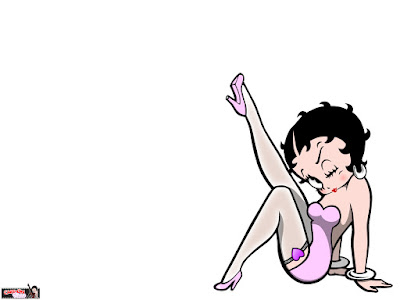

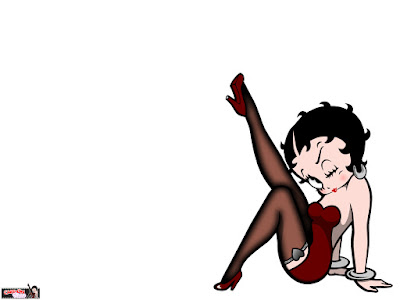

 This is 'tude. It's this pestilence of bad-assery that has infected cartoons. Catering to boys? Your cartoon better be oozing with 'tude to even stand a chance with the network executives. Your cartoon also better star some confident, yet otherwise strange male, with the standard arrangement of sassy girls and token minorities. Or in my example, have your only two minorities also be girls. Kill two birds with one cliched stone. (On a further note, I love how the fat one is never a girl.)
This is 'tude. It's this pestilence of bad-assery that has infected cartoons. Catering to boys? Your cartoon better be oozing with 'tude to even stand a chance with the network executives. Your cartoon also better star some confident, yet otherwise strange male, with the standard arrangement of sassy girls and token minorities. Or in my example, have your only two minorities also be girls. Kill two birds with one cliched stone. (On a further note, I love how the fat one is never a girl.) Still, most of these are quite new. New as in less than three years old. I also imagine that I could pretty easily dissect these cartoons and find stereotypes being reinforced. Regardless, back to films. The thing that set me off was looking at the lineup of CGI cartoons coming out. How to Train Your Dragon? Boy. Hell, I went to the list of all CGI films ever, here, and counted the films that featured females. I counted three, four if you throw in Home on the Range, If you go yourself, you'll find such gems as Appleseed, Final Fantasy, and Kaena. I just noticed that all of the films are foreign. I'm sure that says something. The fact that all three films were also ungodly bad also likely says something.
Still, most of these are quite new. New as in less than three years old. I also imagine that I could pretty easily dissect these cartoons and find stereotypes being reinforced. Regardless, back to films. The thing that set me off was looking at the lineup of CGI cartoons coming out. How to Train Your Dragon? Boy. Hell, I went to the list of all CGI films ever, here, and counted the films that featured females. I counted three, four if you throw in Home on the Range, If you go yourself, you'll find such gems as Appleseed, Final Fantasy, and Kaena. I just noticed that all of the films are foreign. I'm sure that says something. The fact that all three films were also ungodly bad also likely says something.
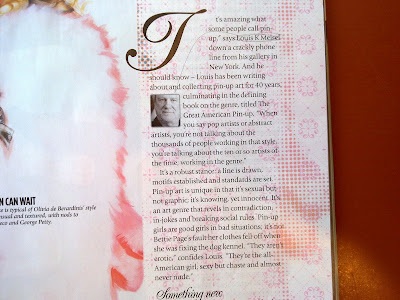


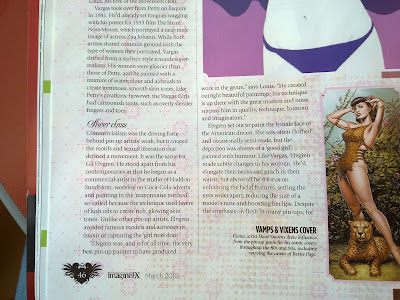
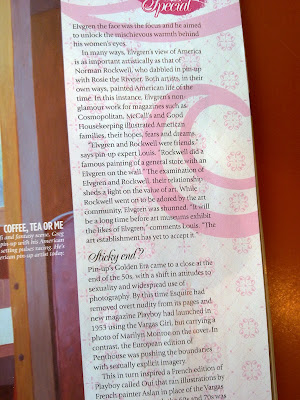







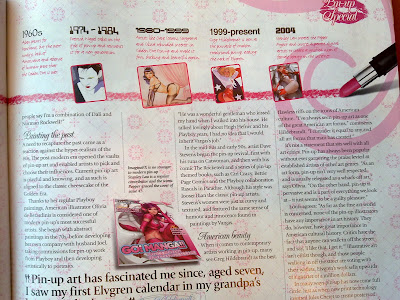

 Dreamworks has a tendency to do this. They make a CGI movie and release a trailer for it. The trailer is terrible. The movie ends up being a laugh riot. They really have to fire their trailer guys.
Dreamworks has a tendency to do this. They make a CGI movie and release a trailer for it. The trailer is terrible. The movie ends up being a laugh riot. They really have to fire their trailer guys.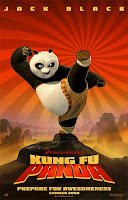 But no! It wasn't! Over the Hedge was actually really funny! Madagascar's trailer made it look hilarious; it wasn't. Flushed Away had a bad trailer, and was good. The trailers for Bee Movie were pretty good and the movie, while not terrible, wasn't really describable as good. Kung Fu Panda? Totally crap trailer. Movie? Fan-freaking-tastic. Monsters Vs. Aliens made the movie look hilarious, and it turned out to be... humorous. And now How to Train Your Dragon. REALLY bad trailers, and the movie is, until Toy Story 3 comes out, the highest-rated film of the year!
But no! It wasn't! Over the Hedge was actually really funny! Madagascar's trailer made it look hilarious; it wasn't. Flushed Away had a bad trailer, and was good. The trailers for Bee Movie were pretty good and the movie, while not terrible, wasn't really describable as good. Kung Fu Panda? Totally crap trailer. Movie? Fan-freaking-tastic. Monsters Vs. Aliens made the movie look hilarious, and it turned out to be... humorous. And now How to Train Your Dragon. REALLY bad trailers, and the movie is, until Toy Story 3 comes out, the highest-rated film of the year! It just seemed like a good idea. It was.
It just seemed like a good idea. It was.